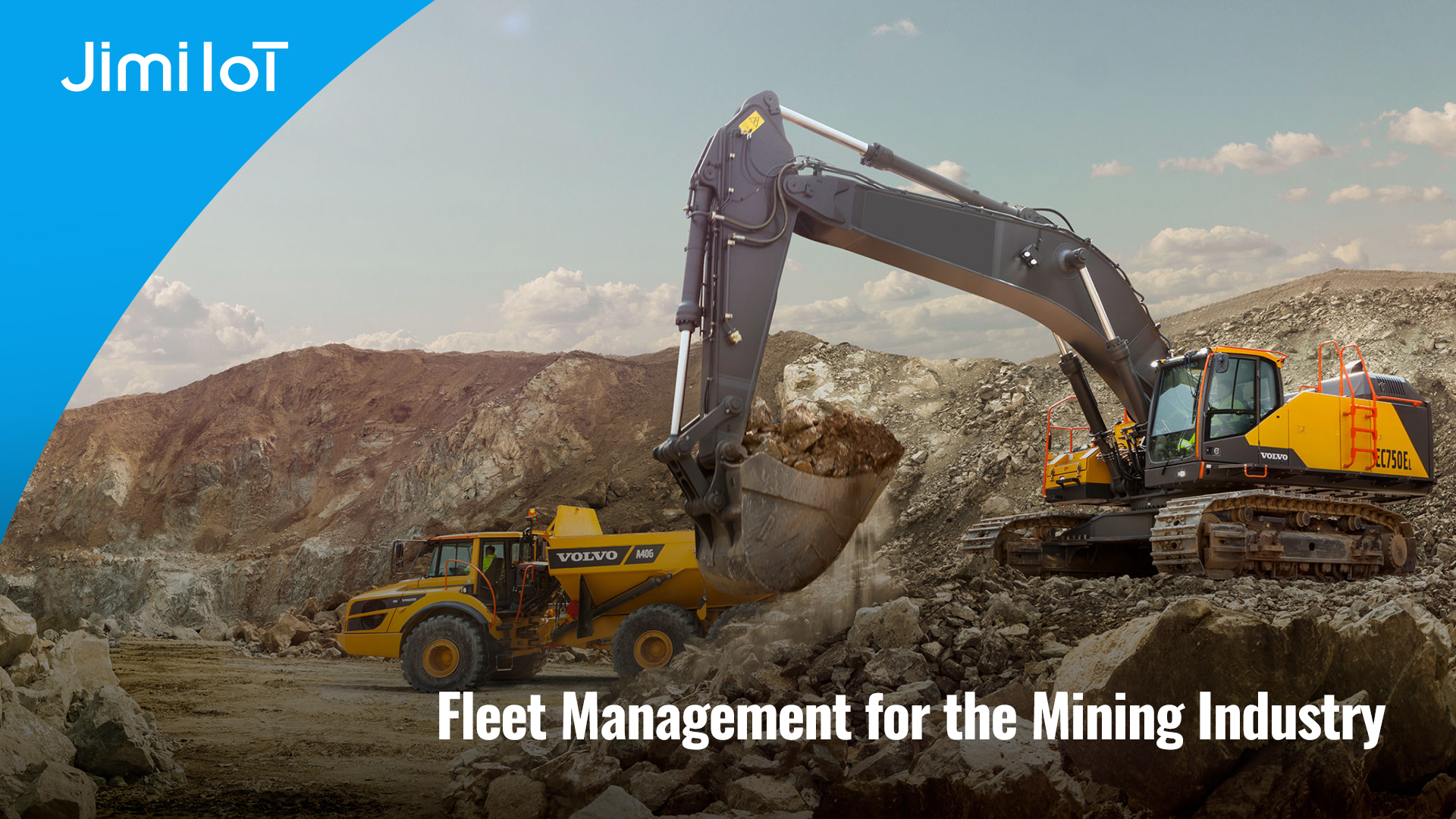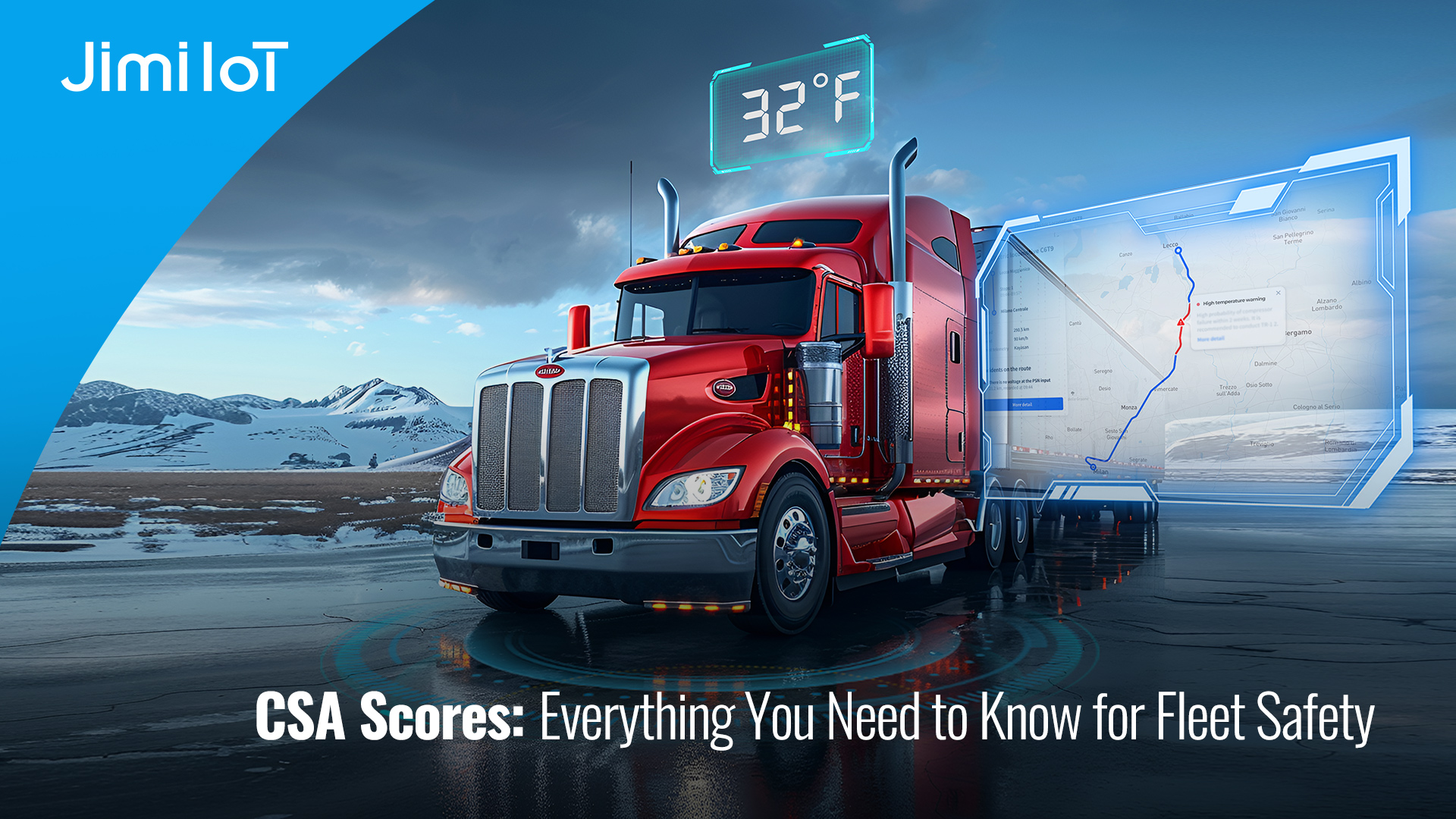Introduction

that power industries and drive technological innovation. However, it is also one of the most demanding industries in terms of logistics and operations. The complexities of managing a fleet in such an environment are immense, from the challenging terrain to the need for absolute precision in transporting materials. Fleet management systems have emerged as a critical tool for optimizing mining operations, enhancing safety, and reducing operational costs.
This article explores the role of fleet management in the mining industry, its challenges, benefits, and the cutting-edge technologies driving efficiency and sustainability.
The Unique Challenges of Mining Fleet Management
Managing a fleet in the mining sector presents unique challenges that differ significantly from those in other industries:
- Remote and Rugged Locations
Mining operations are often located in remote areas with harsh terrain and extreme weather conditions. This environment poses risks to vehicle performance, increases maintenance needs, and complicates logistics. - Heavy-Duty Equipment
The vehicles used in mining are specialized and include dump trucks, excavators, and haul trucks, which require specific expertise for operation and maintenance. Monitoring the performance of these assets is critical to avoid costly breakdowns. - Safety Concerns
Mining operations involve significant safety risks. From equipment failures to difficult road conditions, ensuring the safety of drivers and operators is a top priority. - High Operational Costs
Fuel consumption, maintenance, and unexpected downtime contribute to the high costs of running a mining fleet. Inefficiencies can quickly escalate expenses, impacting the profitability of operations. - Regulatory Compliance
Mining companies must adhere to strict environmental and safety regulations. Fleet managers need to ensure compliance while maintaining operational efficiency.
How Fleet Management Systems Address Mining Challenges
Fleet management systems leverage advanced technologies to optimize mining operations. These systems provide real-time insights into vehicle performance, location, and operational efficiency, enabling proactive decision-making.
- Real-Time GPS Tracking: Accurate GPS tracking is essential for monitoring vehicle locations in vast mining sites. This ensures vehicles are where they need to be, reducing delays and improving logistical efficiency. GPS data also enhances safety by identifying dangerous areas and optimizing routes.
- Preventive Maintenance: Fleet management systems collect data on vehicle performance, allowing for predictive maintenance. By addressing issues before they escalate, mining companies can reduce downtime, extend the lifespan of equipment, and lower maintenance costs.
- Fuel Monitoring: Fuel is one of the largest operational costs in mining. Fleet management systems monitor fuel consumption in real time, identifying inefficiencies such as idling or excessive fuel use. These insights allow managers to implement cost-saving measures.
- Driver Behavior Monitoring: Monitoring driver behavior is critical in ensuring safety and efficiency. Fleet management systems can track metrics like speed, braking, and adherence to routes. Training programs can then be tailored to improve driver performance and reduce the risk of accidents.
- Compliance Management: Fleet management systems help ensure adherence to regulatory requirements. By automating documentation and reporting, they simplify compliance with environmental and safety standards.
Technologies Transforming Mining Fleet Management
The integration of advanced technologies is revolutionizing how fleets are managed in the mining industry. These innovations enable greater efficiency, safety, and sustainability.
- Telematics: Telematics systems provide real-time data on vehicle performance, location, and fuel usage. For mining fleets, telematics is a game-changer, enabling managers to make informed decisions and reduce operational costs.
- IoT Sensors: IoT sensors monitor critical metrics such as tire pressure, engine temperature, and cargo weight. These sensors ensure vehicles are operating within safe parameters, reducing the risk of accidents and equipment damage.
- AI and Machine Learning: AI-powered systems analyze data to predict maintenance needs, optimize routes, and even automate certain tasks. Machine learning algorithms continually improve these systems’ accuracy and efficiency over time.
- Autonomous Vehicles: Autonomous vehicles are beginning to make their mark in the mining industry. These vehicles reduce the need for human drivers, enhancing safety and lowering labor costs. While still in the early stages, this technology holds immense potential for the future.
Benefits of Effective Fleet Management in Mining
- Enhanced Productivity:Optimized fleet operations reduce delays, ensure timely transportation of materials, and maximize the use of resources.
- Improved Safety:Fleet management systems enhance safety through real-time monitoring, driver behavior tracking, and predictive maintenance, reducing the likelihood of accidents.
- Cost Savings:From fuel efficiency to reduced maintenance costs, fleet management systems deliver significant financial benefits.
- Sustainability:By reducing fuel consumption and emissions, fleet management systems support mining companies in meeting environmental goals.
- Data-Driven Decisions:The insights provided by fleet management systems enable managers to make informed decisions, leading to continuous improvement in operations.
Jimi IoT’s Role in Mining Fleet Management
Jimi IoT provides advanced solutions tailored to the demanding needs of the mining industry, enhancing efficiency, safety, and sustainability in fleet operations. Among these solutions are the LL303 LTE Solar-Powered GNSS Tracker and the JC450 Series Multi-Channel AI DashCam, both designed to address critical challenges in mining fleet management.
The LL303 LTE Solar-Powered GNSS Tracker is engineered for managing construction vehicles and vessels in harsh environments. Its solar panel and magnetic charger ensure uninterrupted performance, while the IP67 waterproof rating protects it from water and dust ingress. With LTE communication and GSM (2G) fallback, the LL303 delivers consistent connectivity even in remote areas. The device’s multiple working modes, event-triggered alerts, and compatibility with various peripheral accessories make it an invaluable asset for monitoring and managing mining fleets over extended periods.
The JC450 Series Multi-Channel AI DashCam is an advanced video telematics system that enhances safety and accountability for mining operations. Capable of recording up to five channels simultaneously, it employs ADAS (Advanced Driver Assistance Systems) and DMS (Driver Monitoring Systems) algorithms to provide real-time alerts, reducing risks and increasing driver awareness. Event-triggered video clips are stored in the cloud for review, ensuring transparency and compliance. Additionally, the JC450 supports peripheral sensors, WiFi connectivity, and expanded on-device storage, making it a versatile solution for optimizing safety and operational efficiency in mining fleets.
Together, these cutting-edge devices enable mining companies to achieve greater visibility, streamline operations, and maintain high safety standards, ensuring that fleets perform at their best in even the most challenging environments.
The Future of Fleet Management in Mining
The mining industry is on the cusp of a technological revolution. As fleet management systems continue to evolve, we can expect even greater integration of AI, IoT, and automation. These advancements will not only improve operational efficiency but also contribute to a safer and more sustainable industry.
For mining companies, investing in advanced fleet management solutions is no longer optional—it is essential. By adopting cutting-edge technologies and partnering with trusted providers like Jimi IoT, mining operations can overcome challenges, reduce costs, and drive long-term success.
Conclusion
Fleet management plays a pivotal role in the mining industry, addressing its unique challenges and unlocking significant benefits. As the sector continues to evolve, advanced solutions like those offered by Jimi IoT will be key to driving efficiency, safety, and sustainability. For mining companies seeking to stay ahead, the time to invest in fleet management systems is now.
Why JimiIoT
JimiIoT is a global leader in innovative IoT solutions. We provide cutting-edge hardware and software tailored to enhance efficiency and connectivity. Our range of products includes advanced GPS tracking devices, asset management solutions, smart vehicle dashcams, and telematics platforms. With a focus on technological excellence and customer satisfaction, we empower businesses to optimize operations and gain valuable insights from data-driven analytics. Trust JimiIoT to drive positive change and unlock growth opportunities in the digital age.
If you would like more details, please visit Facebook, LinkedIn, INS, and Twitter pages for further information.
 US
US ES
ES PT
PT TH
TH VN
VN JP
JP



